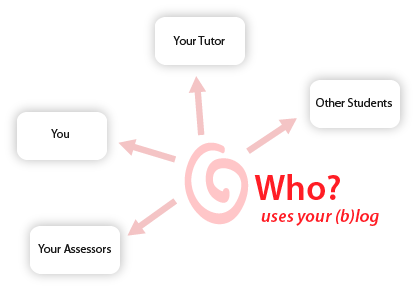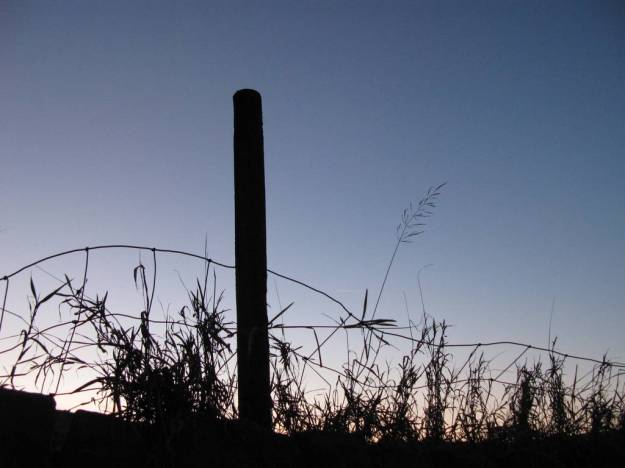This is a sample of a learning log. It is designed for OCA courses, and is intended as a guide for students with the aim of showing the absolute minimum of things you have to do to set up a learning log, at the beginning of your course. Once done, you shouldn’t need to think about the structure again, you can just get on with enjoying the course. Unless you want to, in which case this is just the beginning, but remember, don’t over-complicate it, simplicity is all…
Your learning log is for you to organise and document your learning process – for yourself, your tutor, your assessors and to share with other students. All of you are using it in different ways, so you need to organise it so that all of you can find what you want to read, quickly and easily.
The first thing you need to do is read your coursebook. Then open it at the contents page, and use the step-by-step guide – How to set up an OCA Learning Log on WordPress (pdf) – to take you through the process of setting up your own learning log, based on this Sampler. Also check ‘Tips and tricks’ on the sidebar to the right, and Tutors and assessors – what are they looking for?
To learn about using WordPress read the starter guide: Learn WordPress.com Before you sign up for your WordPress blog, take 2 minutes to read Get started, and then Get acquainted, and read the rest if you want to!
And before you start to write your log, you really should find time to log onto the OCA Student Website and read OCA’s guides on learning logs: Introducing Learning Logs and Keeping an online Learning Blog – they will help you focus on what you are supposed to be doing!
WordPress.com is a fast moving world, and changes and improvements happen on a regular basis. Unfortunately, so do exhortations to buy extra stuff, so be wary. At time of writing, all of the things suggested above can be done without buying any extras. Please let us know if you notice things that are out of date.
December 2012







